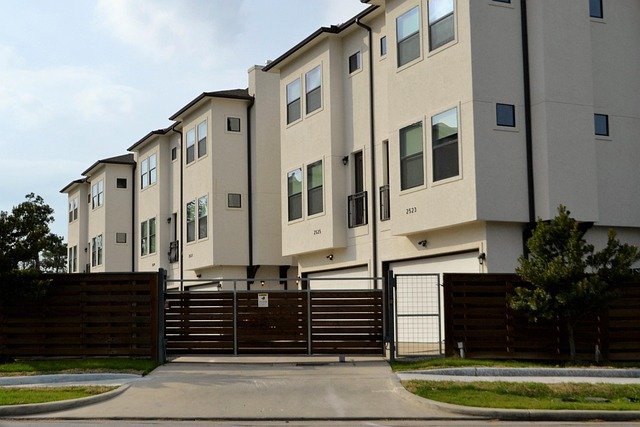Urban Housing Investment and Living Opportunities Guide
The apartment market offers diverse opportunities for both homeowners and investors seeking urban living solutions. From studio units in bustling city centers to spacious multi-bedroom properties in suburban complexes, apartments provide flexibility, community amenities, and often lower maintenance responsibilities compared to single-family homes. Understanding market trends, financing options, and long-term value potential helps buyers make informed decisions in this dynamic real estate sector.

The apartment market continues to evolve as urban populations grow and housing preferences shift toward convenience and community-oriented living. Whether you’re a first-time buyer, downsizing homeowner, or real estate investor, apartments offer unique advantages that traditional single-family homes may not provide. Modern apartment complexes often feature shared amenities, professional management, and strategic locations near employment centers and public transportation.
Maximizing Rental Income with an ADU Integration
Accessory Dwelling Units (ADUs) have become increasingly popular for property owners looking to generate additional income streams. While traditional apartments may not accommodate ADU construction, some apartment buildings with ground-floor units or those with outdoor space can explore creative solutions. Converting unused storage areas, balconies, or common spaces into rental units requires careful planning and adherence to local regulations. Property owners should consider the potential return on investment, which typically ranges from 8-15% annually depending on location and market conditions.
Zoning Regulations and Necessary Permits
Navigating zoning laws is crucial when purchasing apartments, especially for investment purposes. Different zones allow varying density levels, building heights, and usage types. Residential zoning classifications such as R-1, R-2, and R-3 determine what modifications or expansions are permissible. Before purchasing, buyers should verify current zoning status and any pending changes that might affect property value or usage rights. Permit requirements vary by jurisdiction, but common permits include occupancy certificates, renovation permits, and business licenses for rental operations.
Design Ideas for Small Backyard Homes
Apartment complexes with outdoor spaces present unique opportunities for creating intimate living environments. Ground-floor units with patios or small yards can be enhanced through thoughtful landscaping and space optimization. Container gardens, vertical plant walls, and multi-functional outdoor furniture maximize limited square footage. Some apartment developments incorporate tiny home concepts, featuring efficient layouts with fold-away furniture, built-in storage solutions, and open-concept designs that make small spaces feel larger and more functional.
Benefits for Multi-generational Living
Apartment living increasingly appeals to families seeking multi-generational housing solutions. Larger apartment units or adjacent units within the same complex allow extended families to maintain independence while staying close together. This arrangement provides benefits such as shared childcare responsibilities, elder care support, and reduced individual housing costs. Many modern apartment complexes offer flexible floor plans that can accommodate diverse family structures, from young professionals to retirees seeking community engagement.
| Property Type | Average Price Range | Monthly Maintenance Costs |
|---|---|---|
| Studio Apartment | $150,000 - $400,000 | $200 - $500 |
| One-Bedroom Unit | $200,000 - $600,000 | $300 - $700 |
| Two-Bedroom Unit | $300,000 - $800,000 | $400 - $900 |
| Three-Bedroom Unit | $400,000 - $1,200,000 | $500 - $1,200 |
Prices, rates, or cost estimates mentioned in this article are based on the latest available information but may change over time. Independent research is advised before making financial decisions.
The apartment market offers diverse investment and living opportunities that continue to adapt to changing demographic needs and urban development patterns. From income-generating potential through rental opportunities to community-focused living arrangements, apartments provide flexibility that traditional housing options may lack. Success in apartment ownership, whether for personal residence or investment purposes, depends on thorough market research, understanding local regulations, and choosing properties that align with long-term goals and lifestyle preferences.




